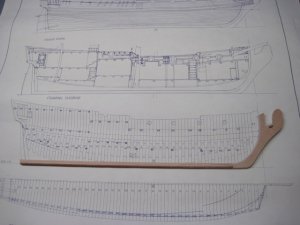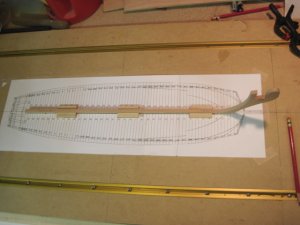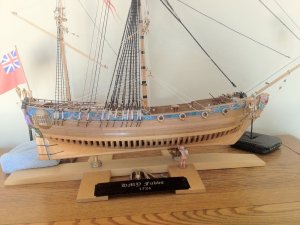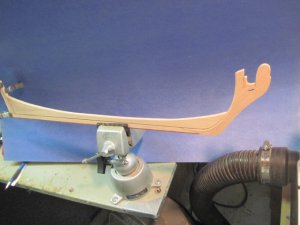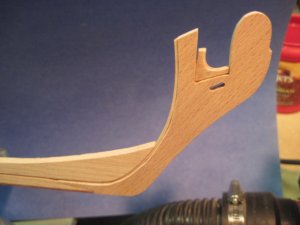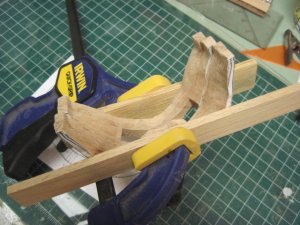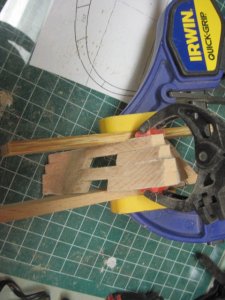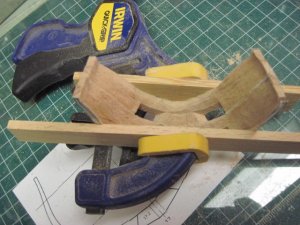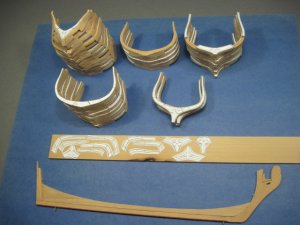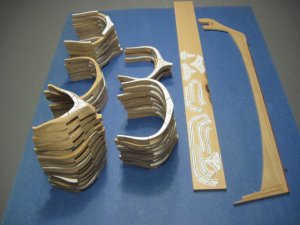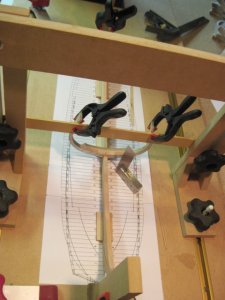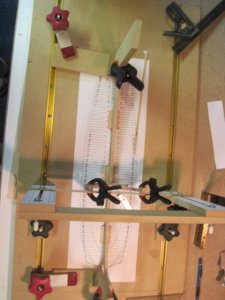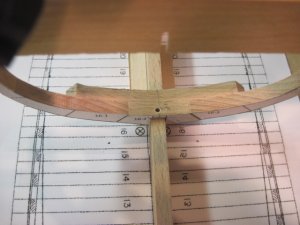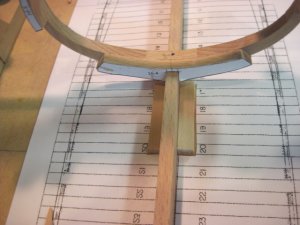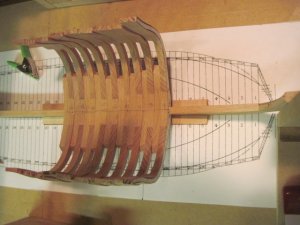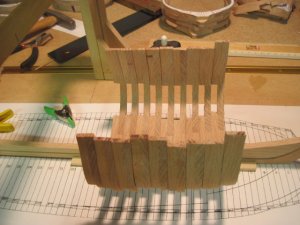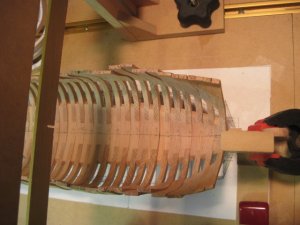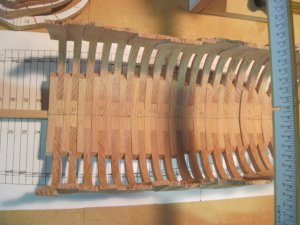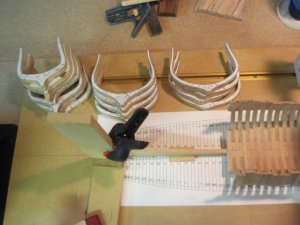- Joined
- Aug 10, 2017
- Messages
- 1,646
- Points
- 538

The model is based on the drawings by Portia Takakjian and the practicum developed by master model builder Gene Bodnar.
The Plans:
This is a set of the plans by Portia Takakjian consisting of a set of frames, inboard profile, outboard profile, deck plans, details and rigging drawing with sails
The model will show the standing rigging only without sails.
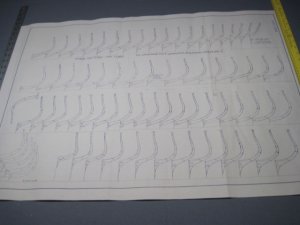
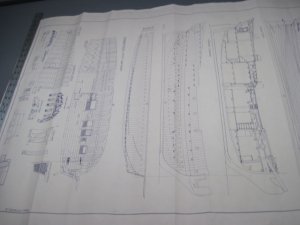
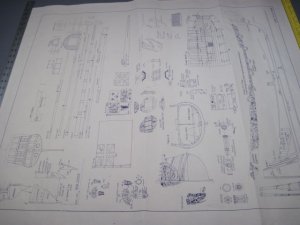
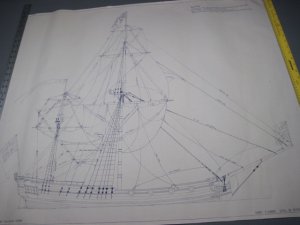
The Plans:
This is a set of the plans by Portia Takakjian consisting of a set of frames, inboard profile, outboard profile, deck plans, details and rigging drawing with sails
The model will show the standing rigging only without sails.




Last edited:

